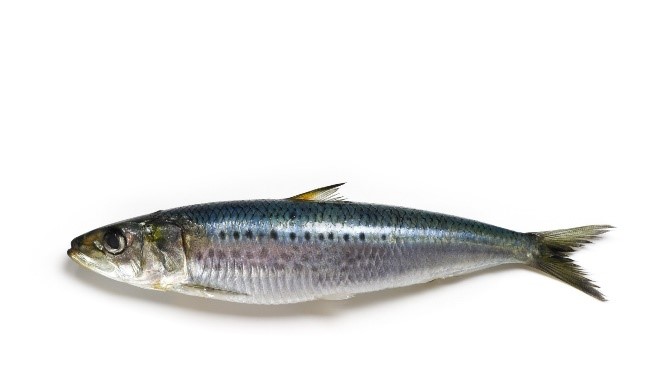Free Courses Sale ends Soon, Get It Now


Free Courses Sale ends Soon, Get It Now



Disclaimer: Copyright infringement not intended.
Context
Sardines
Species and Distribution:
Nutritional Value:
Culinary Uses:
Sustainability:
Health Benefits:
Economic Importance:
Cultural Significance:
Conservation Concerns:
Global Demand:
Fisheries Management:
Sardine Run
Timing and Location:
Magnitude of Migration:
Predator Interaction:
Birds and Marine Mammals:
Ecological Significance:
Environmental Factors:
The sardine run is a remarkable and dynamic example of nature's interconnectedness, showcasing the intricate relationships between different species in the marine environment. While it is a celebrated natural event, ongoing conservation efforts are essential to ensure the long-term sustainability of the marine ecosystem and the species involved in the sardine run.
|
PRACTICE QUESTION Question: Which of the following best describes the annual marine phenomenon known as the "sardine run"? a) A massive migration of sardines along the coast of South America, attracting predators and creating a feeding frenzy. b) An annual breeding event of sardines in the Mediterranean Sea, crucial for sustaining local fisheries. c) A significant oceanographic event causing the mass migration of sardines from the Atlantic to the Indian Ocean. d) A spectacular natural phenomenon involving the mass migration of sardines along the eastern coast of South Africa, attracting marine predators. Answer: d) A spectacular natural phenomenon involving the mass migration of sardines along the eastern coast of South Africa, attracting marine predators. |
© 2024 iasgyan. All right reserved